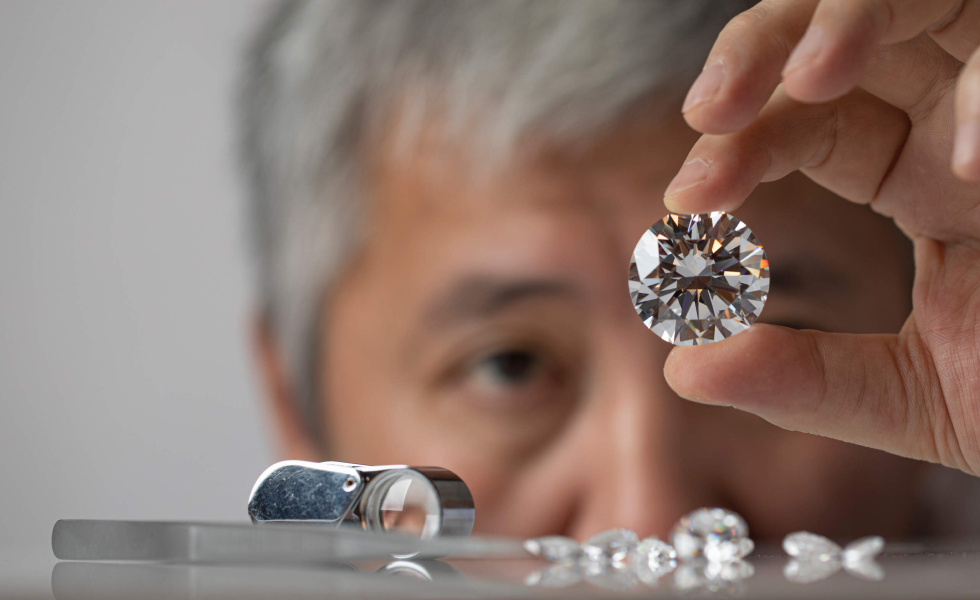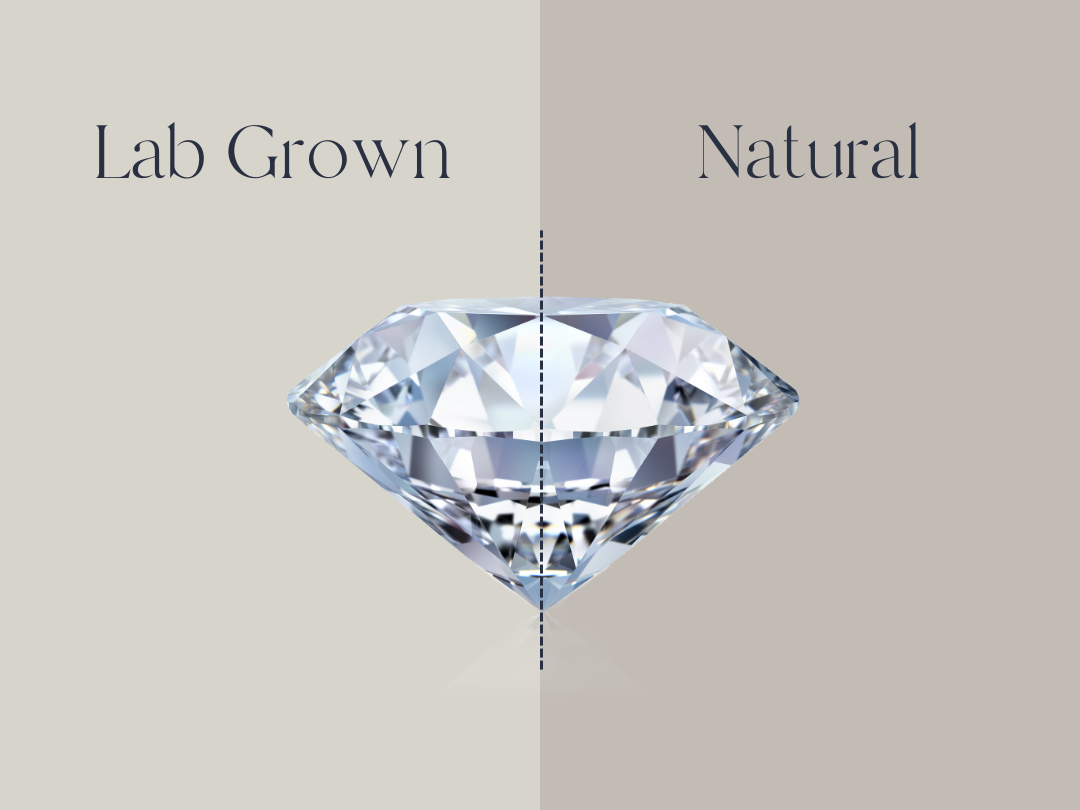What Does Lab Grown Diamonds Do?
9 Simple Techniques For Lab Grown Diamonds
Table of ContentsLab Grown Diamonds Fundamentals Explained9 Easy Facts About Lab Grown Diamonds ShownWhat Does Lab Grown Diamonds Do?Lab Grown Diamonds Things To Know Before You Get This
As you take a trip closer to the Earth's core, stress and temperature level increase, which creates the ideal oven for carbon to be exchanged diamond (diamonds are the only gems to be made from purely one aspect). With an enormous volcanic eruption, these rubies were moved to the Earth's surface. It's estimated this process was relatively fast (more than likely throughout a number of hours), which enabled the diamonds to stay intact without melting.The short answer: carat weights measure the mass of stones, karats determine the pureness of gold. Carat weight: 1 carat weight is equivalent to 0.2 grams, regarding the weight of a paperclip (next time you see a picture of Mariah Carey's 35 carat involvement ring, just envision the problem of lugging 35 paper clips around your finger every day).

Here are several of the key advantages of lab expanded rubies and laboratory grown ruby jewellery:.
Some Of Lab Grown Diamonds
Simply put, natural or earth-mined rubies are crafted over millions of years beneath the Earth's crust from pure carbon integrated with stress and heat. Creating rubies in a laboratory calls for the same process, just fine-tuned to happen over a much smaller sized time framework in a a lot more regulated setup.
Whereas earth-mined diamonds are uncommon and finite and tend to increase in price over time, laboratory diamonds are easily offered., like lab-grown ruby rings, they won't be a good fit for your demands.
They might think that the cons of lab-grown diamonds exceed the pros. Disputes, battles, and civils rights issues are all come together with the diamond market. That said, the ruby industry does supply earnings to third-world countries. Some may argue that, for this reason, purchasing a lab-made ruby likewise features its honest considerations, as doing so takes revenue away from those involved in the all-natural diamond market that may require it most.
Conventional diamonds rely on the Planet's problems to identify their quality or absence thereof. In a lab, makers can straight control a diamond's quality.
The Only Guide for Lab Grown Diamonds
You can quickly find colored, man-made rubies on the (relatively) inexpensive side as well as certain cuts that would certainly be costlier if you were going shopping for an extracted ruby only. That rarely means it isn't worth shielding.
all-natural rubies is that the latter is mined from natural down payments in the Earth while the former is made in a laboratory using controlled setups. However their high quality is mainly the very same. Lab Grown Diamonds. While the difference between lab-grown and natural ruby choices are marginal when it involves top quality, some of the disadvantages of lab-grown diamonds consist of the reality that the rock will certainly decrease in time and, to some, an absence of sentimental worth that's commonly linked with mined diamonds
This price difference can be attributed to the structured manufacturing procedure and the evasion of expenditures associated with conventional mining. The Controlled Environment in Which Lab Grown Diamonds Are Created Enables for Regular Top Quality.
Convenience in Style - Lab Grown Diamonds Offer Designers and Consumers a Versatile Palette to Develop Distinct and Cutting-edge Precious Jewelry Layouts - Lab Grown Diamonds. Lab Diamonds Frequently Come with An Even More Transparent Supply Chain.
5 Easy Facts About Lab Grown Diamonds Shown
Market Assumption - In Spite Of Their The Same Physical Characteristics, Lab Diamonds May Face Challenges in Market Assumption. Some Customers Still Perceive Natural Diamonds as Having Greater Value and Stature. The Production of Lab-Grown Diamonds Can Be Energy-Intensive, Specifically in Methods Like High Stress High Temperature level (hpht) and Chemical Vapor Deposition (cvd).
Natural Rubies Are Formed Over Millions of Years Deep Within the Planet, Adding to Their Regarded Rarity. Lab-Grown Diamonds, Regardless Of Their Similar Residence, Might Not Lug the Exact Same Rarity Variable, Impacting Their Viewed Worth for Some Customers. Effect On Diamond-Dependent Economic Situations - the Shift Towards Lab Grown Diamonds Might Have Financial Implications for Countries and Neighborhoods that Rely On The Ruby Mining Sector.

Ans. Laboratory Rubies Are of Equal High Quality to Natural Diamonds in Regards To Solidity, Radiance, and Clearness. the Top quality of A Diamond, Whether Lab-Grown or Mined, Is Figured Out by Its Cut, Color, Clarity, and Carat Weight. Ans. Yes, Laboratory Diamonds Shimmer Much Like Natural Diamonds. Their Sparkle and Glimmer Are an Outcome of Their Cut and The Way Light Connects with Their Facets. Ans.